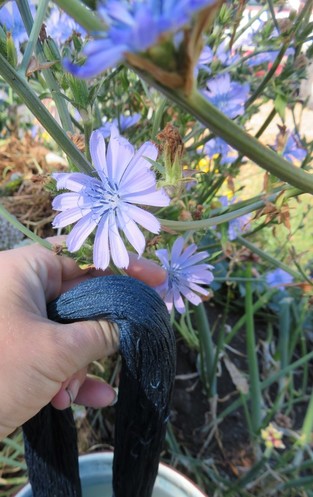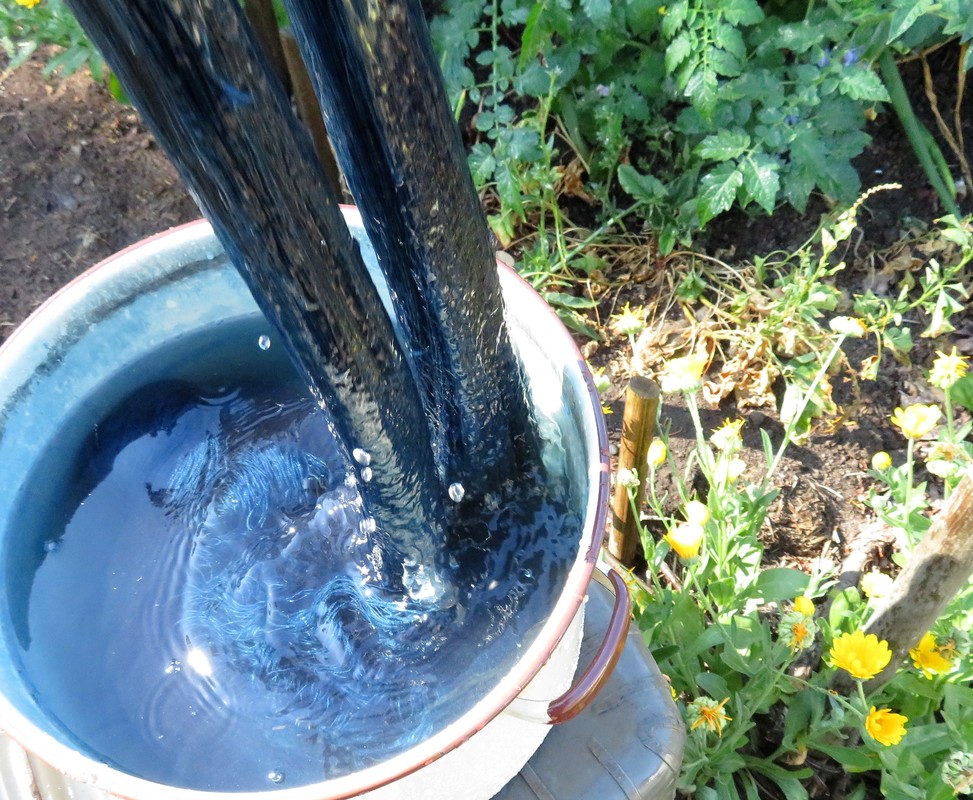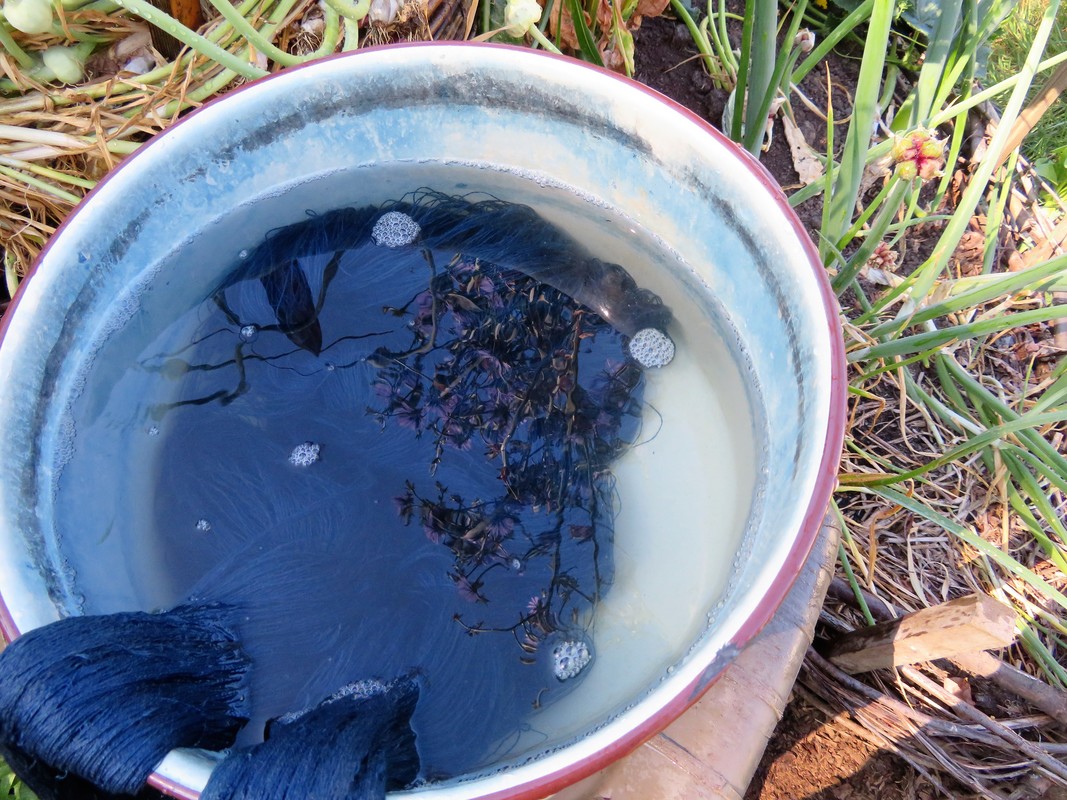Click "read more" on the right to ... Record keeping - The theory behind this is we can reproduce what we made before. But here we are, working with natural materials. Nature by her very essence is constantly changing. The weather, soil, air, sun, and wind all have their effect on the colours these plants produce. Every time we dye with natural ingredients, we are promised a different colour. I wonder if anything beyond the most basic record keeping is strictly necessary (although, it can of course be fun). Mordants - I've discovered that there are a great variety of mordants and many dyes will affix to the yarn without any mordant at all. The sheer range of alum I've seen recommended in dyeing from 2% weight of fibre (WOF) all the way up to 22% WOF. I wonder if precision is really that vital when it comes to mordanting yarn and fibre. Ratio of dye to yarn - I've had very bad luck following directions. I carefully weigh everything to the decigram and at best, I get a pale imitation of colour. However, the times I simply stuff my dye pot full of leaves or flowers, simmer a while, then add yarn, I'm greeted with vibrant results. I wonder if being less precise is actually the key to dyeing. So what is the most vital part of dyeing in my opinion? The most vital part in dyeing yarn, is final step - washing the yarn. Why do I think this stage is the most important? Because this is the stage that teaches the most. Being gentile at this stage is abusive to your future self. One quick rinse and hang the yarn to dry and you risk using that yarn, putting loads of work into a project, and first time through the washing machine, all the dye washes out. It didn't take. Or worse, it bleeds and stains the rest of the project. I once wove a set of towels from hand dyed linen. The arbutus dyed linen was a gorgeous brown, and the carrot top dyed linen, a lovely lime green. But one trip through the washing machine, and all the carrot top washed out. It looked okay, but not as good as it would with the green.
Comments are closed.
|
CategoriesAll Airwell Angora Animal Fibre Boring Community Cotton Dryland Farming Dye Etsy Shop Experiments Fibre Prep Finance Flax Frugal Household Management Indigo Linen Local Cloth Mediterranean Climate Natural Dye Permaculture Plant Fibre Sewing Silk Tutorial Urban Fibre Vintage Wildcrafting Archives
February 2022
|
|
Created by Tracy Wandling of One Wing Freelance Graphic Design
|



 RSS Feed
RSS Feed
